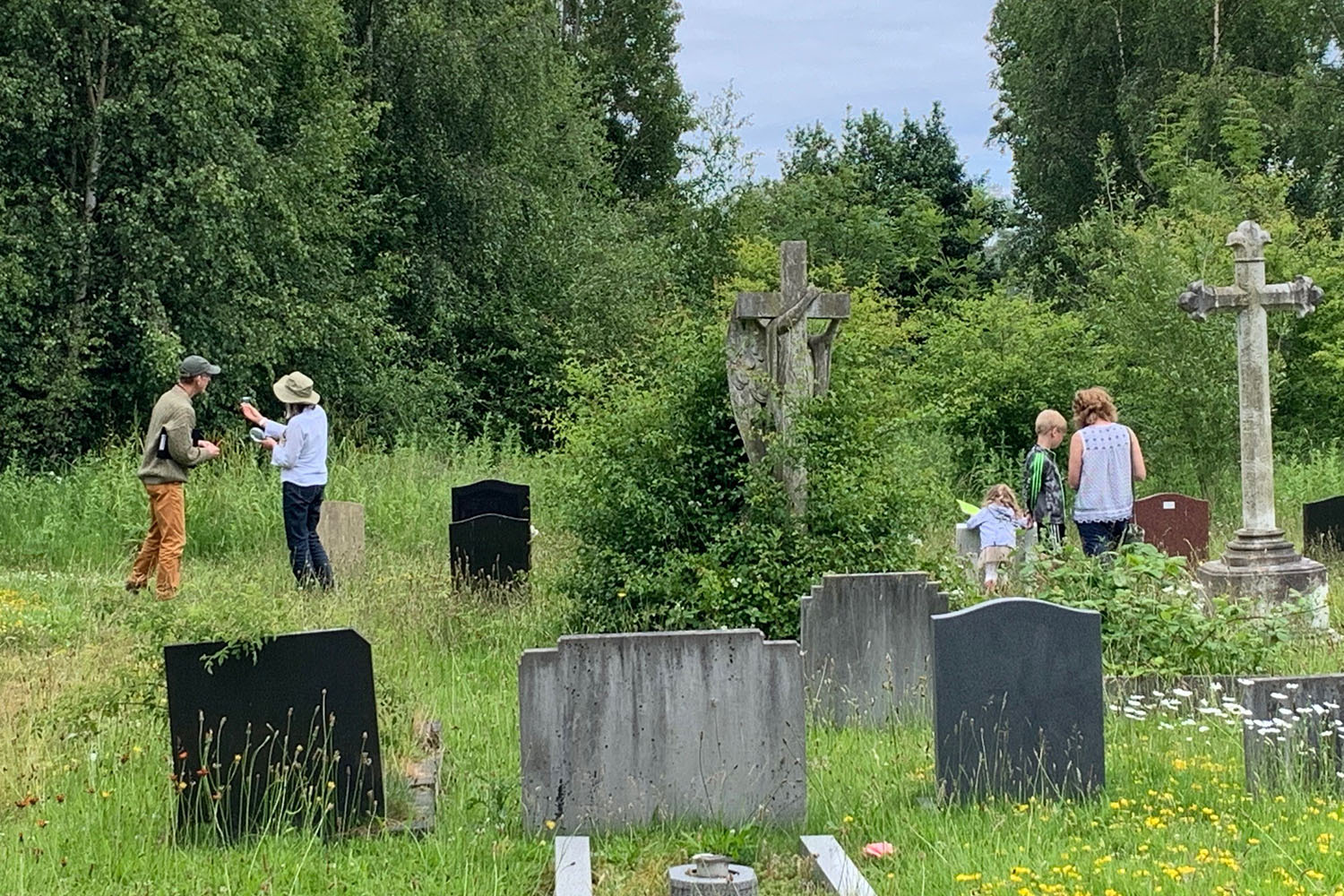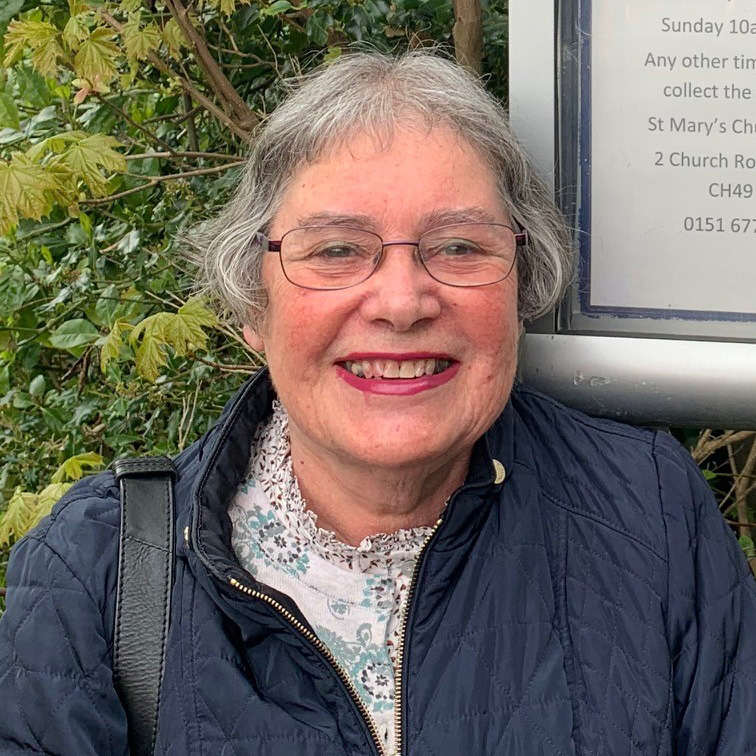
 Count on Nature is an initiative developed by Caring for God’s Acre, which focuses on the brilliant wildlife to be found in churchyards. Jane Hill (pictured right), Secretary of the St Mary’s Eco Group has been instrumental in counting numerous species of plants and animals.
Count on Nature is an initiative developed by Caring for God’s Acre, which focuses on the brilliant wildlife to be found in churchyards. Jane Hill (pictured right), Secretary of the St Mary’s Eco Group has been instrumental in counting numerous species of plants and animals.
Jane is also a member of the diocesan Environment Forum and trained in Zoology and Botany. She has been responsible for planning and leading Count on Nature events in their church grounds since June 2021, when it was piloted by Caring for God’s Acre, an organisation that supports groups and individuals to investigate, care for, and enjoy churchyards and burial grounds.
Some churches are more suited to accommodate a wide variety of plant and animal wildlife. Jane explains" At St Mary’s we are fortunate in having a graveyard beside the parish church and an area set aside as a Conservation Area at the bottom of the church car park. Count on Nature brings people from the local church and community together to discover and record the wildlife, both plants and animals in their local churchyard or burial ground."
In 2021 during Covid, the church counted 70 species of plants in their grounds, not including trees and shrubs. birds or minibeasts, which were also recorded.
In 2022, the church focussed on their Cemetery, a habitat for a diverse range of plants and animals. The area was surveyed by Jane and other church members who were experts in botany, zoology and entomology (the study of insects). Using binoculars, magnifying glasses, and identification guides, church and community members, including preschool and primary school children, recorded 68 species of plants and 29 species of insects and other minibeasts. They also identified 16 species of birds and common frogs, a grey squirrel, and a fox. The results were sent to a National Biodiversity Database.
Such is the church's ongoing commitment to the environment that the PCC has agreed that from 2023 onwards there would be a “no-mow” period during the months of June and July in the cemetery, to protect the many species of wildflowers and insect pollinators which had been discovered there. Of particular importance is the yellow bird’s foot trefoil, which flowers in June and July and is the main food plant of the common blue butterfly, as well as being visited by five species of bumble bees and by honey bees and solitary bees.
Jane says, "By working together, we are seeking to support and protect our small part of God’s wonderful world."